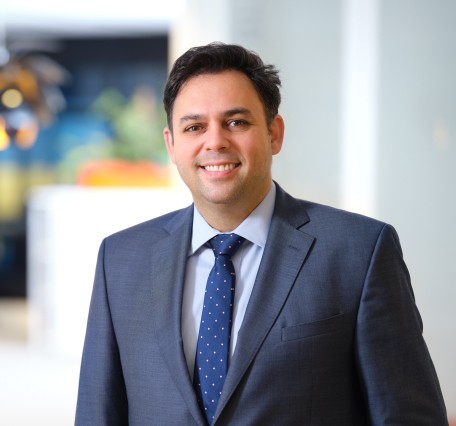

Late-Filed Continuation/Divisional Applications: Balancing Rising Costs Against Maintaining a Pending Application
The United States Patent and Trademark Office has introduced substantial fees for so-called late-filed continuation and divisional applications, altering the economics of long-term patent family management and forcing applicants to reconsider traditional prosecution strategies.
Late-filed continuation or divisional applications refer to applications filed several years after the earliest benefit date of a patent family, rather than during the early stages of prosecution. When filed later in the patent family’s lifecycle, these applications extend prosecution timelines and preserve strategic flexibility, but under the new rules, they now come with significantly higher costs.
New Fee Structure for Continuation and Divisional Applications
Under the revised fee schedule, filing a continuation or divisional application more than six years after the earliest benefit date now requires an additional fee of $2,700 for large entities, with small entities paying $1,080. The financial burden increases even further for applications filed more than nine years after the earliest benefit date, with fees reaching $4,000 for large entities and $1,600 for small entities.
These fees represent a departure from previous USPTO practice, where applicants paid only the standard filing fees and could maintain patent families through successive continuation applications at relatively modest incremental cost. The new structure effectively penalizes extended prosecution timelines.
Impact on Patent Family Management
Historically, US patent practice has favored keeping at least one family member pending to preserve the ability to adapt claim scope as technology and markets evolved. This strategy provided valuable flexibility, allowing patent holders to respond to competitive developments, design around attempts, or emerging commercial opportunities by filing continuation applications with tailored claims.
The introduction of substantial late-filing fees disrupts this established approach. In doing so, the USPTO’s policy change brings US practice somewhat closer to the approach of the European Patent Office (EPO), where divisional applications have long been subject to fee structures that discourage prolonged pendency. Patent holders must now weigh the strategic value of maintaining prosecution flexibility against the significant additional costs, particularly for patent families approaching or exceeding the six-year threshold.
Practical Implications for Patent Strategy
The new fee structure demands more disciplined prosecution planning from the outset. Practitioners may consider front-loading claim diversification strategies rather than relying on future continuation applications to capture different aspects of the invention. This may involve filing broader initial claim sets or pursuing multiple divisional applications earlier in the prosecution timeline.
Some industries may require extended patent family management to align with changes in the market. In these sectors, the late-filing fees may represent a necessary cost of doing business.
Balancing Costs Against Strategic Value
The key question facing applicants is whether the flexibility to amend claims through continuation practice justifies the substantial additional expense.
For some patent families, the late-filing fees may represent a worthwhile investment in maintaining strategic flexibility. However, for marginal inventions or crowded technology areas, the additional costs may tip the analysis toward earlier prosecution closure.
The USPTO's new late-filing fees mark a significant shift in patent prosecution economics, encouraging more efficient and strategic prosecution planning while raising the bar for extended patent family management. Applicants must adapt their strategies to balance the traditional benefits of continuation practice against the new financial realities, potentially requiring more aggressive front-end prosecution strategies and more selective long-term family maintenance decisions.

